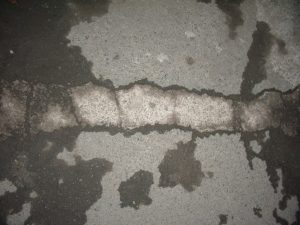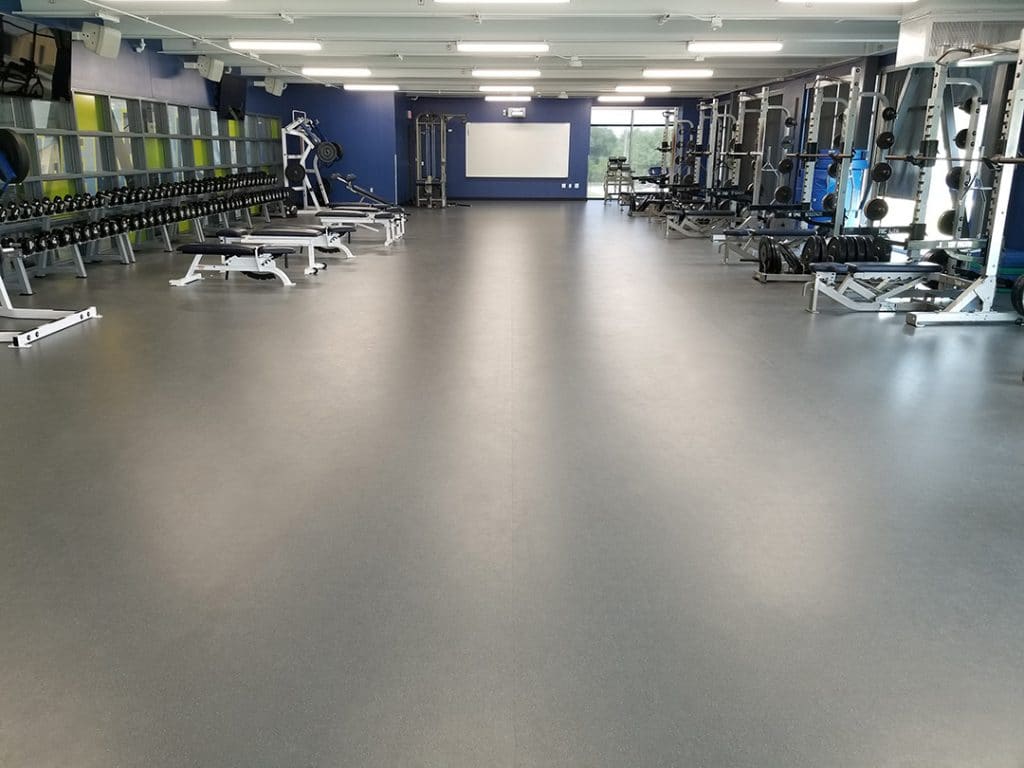Top Causes of Water in your Basement, Other Than Rain
You never want to find a flooded basement, but being unable to find the source of the extra water is extremely frustrating. Heavy rain is an easy answer, but when it hasn’t rained in days or even weeks, that’s not a viable one. It may take a little detective work, but it’s important to find the cause of excess water in your basement so you can make repairs or adjustments before more damage occurs or before moldMold is a type of fungus that grows in damp or humid conditi... More growth begins. The following are common causes of water damage in your basement that do not include rain.
Plumbing issues elsewhere in the home.
Leaking pipes don’t always show their evidence on walls and ceilings; sometimes the water ends up draining into the lowest level of the home, which is usually the basement. Check around your home for signs of plumbing leaks or water damage. Start with the kitchen and bathroom; check under sinks and around the toilet and tub or shower. Don’t forget to check the washing machine, basement shower, water softener, and hot water heater too; any of these may be leaking water.
Leaks or cracks in the seals of the home.

Heavy rain is an easy answer, but when it hasn’t rained in days or even weeks, that’s not a viable one.
The windows and doors in your home and the seals and caulking around them help keep the elements out and warm/cool air in. Over time, seals dry and crack and caulking shrinks up and flakes away. These cracks and gaps let in outside air as well as moisture. Gravity pulls the moisture down to the basement where it accumulates into puddles of mysterious origin. It’s a good idea to check the seals around your doors and windows twice a year; good times may be in the fall as part of your winter prep and in the spring before the AC is turned on for the season.
Small leaks in the roof.
Large leaks cause obvious floodingFlooding is the overflow or accumulation of water in areas t... More but small leaks cause trouble because the water travels down roof trusses and follows the framing down to the basement. It soaks the wood all the way down, causing damage along the way. This might be the cause of small puddles in the basement after a storm. The best way to see if you have a leaking roof is to visit the attic during the next heavy rainstorm and look for leaks and wet spots. These can be caused by loose or missing shingles, which are relatively inexpensive repairs.
Cracks in the walls.
Cracks on the exterior walls of your home can act like canals and channel water from the outside through to the basement. Even a small crack must be taken seriously because it can become larger over time and allow more water to enter. Even worse, large cracks in the foundation can compromise your home’s structural integrity. If your basement always seems damp even when the weather has been sunny for days, you may have cracks that are causing increased humidityHumidity is the amount of moisture or water vapor present in... More. Increased humidityHumidity is the amount of moisture or water vapor present in... More leads to moldMold is a type of fungus that grows in damp or humid conditi... More growth in a very short amount of time, so it’s important to take corrective measures as soon as possible.
Fluctuations in the water table.
The water table in the ground is in a constant state of flux, due to rain and snowmelt. These fluctuations make the water levels rise and occasionally they rise right into basements. There’s no way to stop these fluctuations, so one option is to install French drains around your home. If you rent or can’t afford the expense, keep a sump pumpA sump pump is a pump installed in a basement or crawlspace ... More in your basement and avoid storing items on the floor.
Compacted soil.
Clay soil doesn’t let water drain well. It expands during heavy rainstorms, contracts during droughts, and weighs more than ordinary dirt, so it puts more pressure on walls. There isn’t much that can be done to combat this, except to fix cracks as soon as they appear.
Slow draining main lines.
Your municipal infrastructure was probably built decades ago, maybe even a hundred years ago. Since then, the demands on it from new homes and businesses have expanded significantly, but its capacity hasn’t. That can leadLead is a heavy metal that can be toxic to humans, especiall... More to backups in the water and sewer lines. This is another problem that homeowners can’t prevent on their own; the best way to prepare for it is to have a working sump pumpA sump pump is a pump installed in a basement or crawlspace ... More in the basement.
No matter why you need water damage restoration in Middlesex County, NJ, call the highly trained professionals at RestorationMaster. We have the equipment and skills to remove all traces of standing water from your home or business before moldMold is a type of fungus that grows in damp or humid conditi... More begins to grow, and we can restore and rebuild any damaged contents or structural elements. It’s important to call us quickly before the water spreads and causes irreparable devastation.
Flood damage cleanup costs vary, depending on the spread of the water and the extent of the damage it caused. According to HomeAdvisor.com, the national average to remove standing water is $2,790. The national average to repairRepair is the act of fixing or restoring damaged property, m... More water damage is $2,457.












